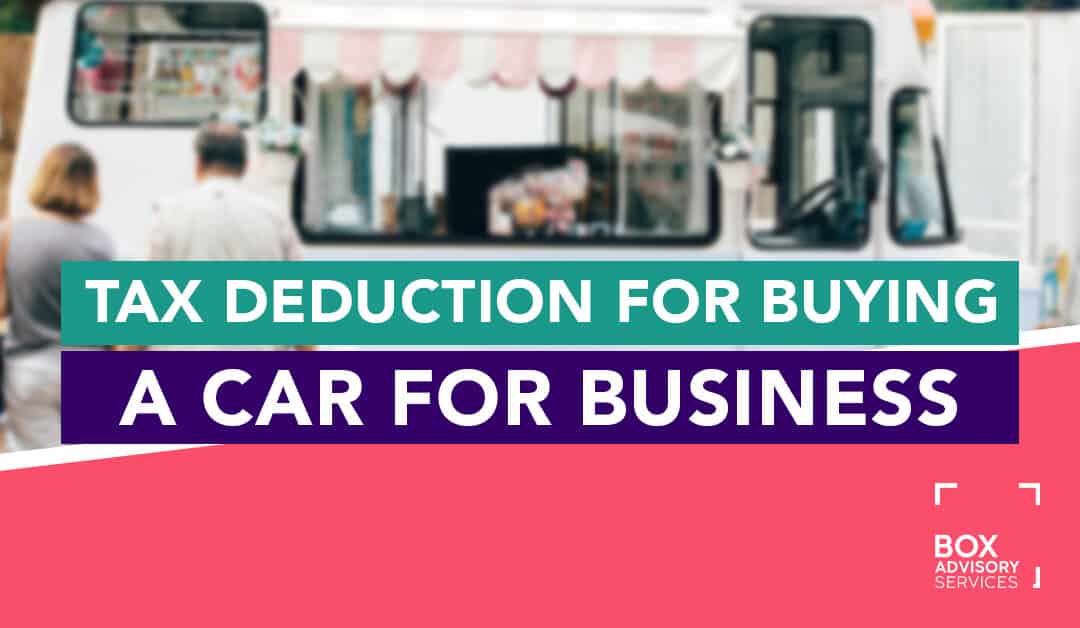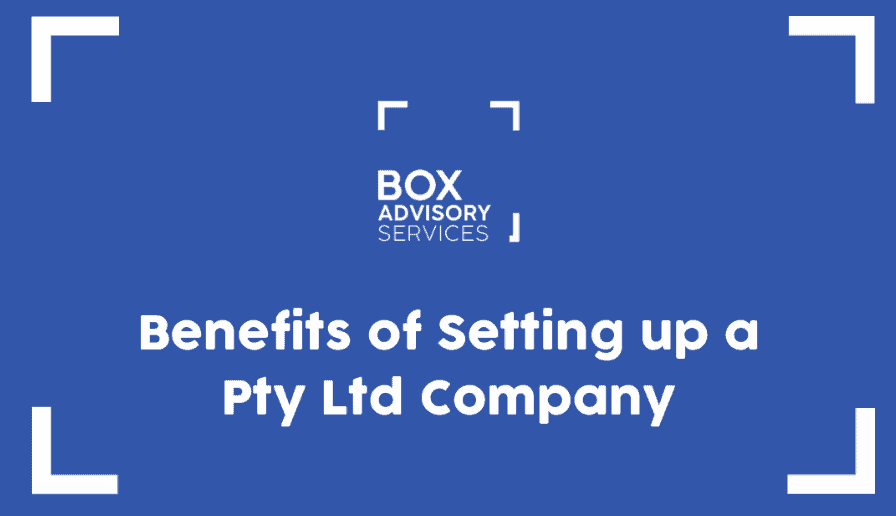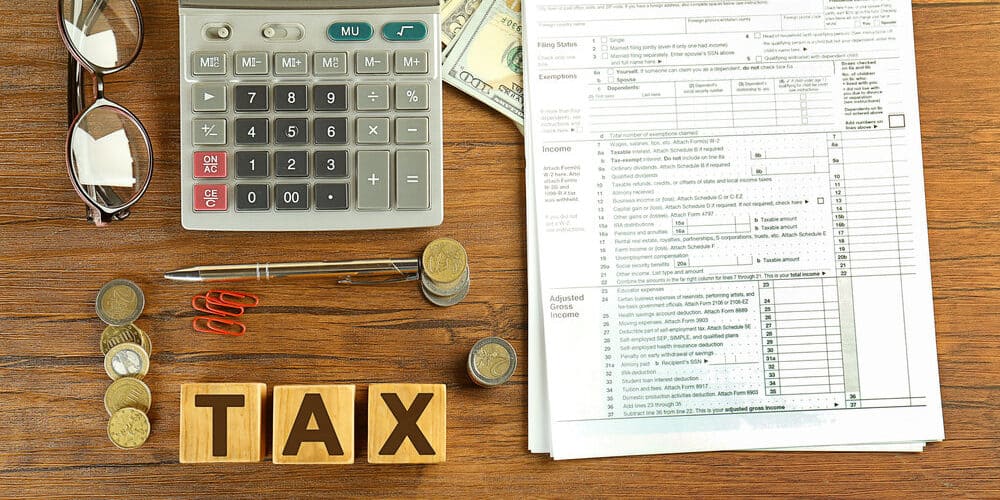
BY
|
Sole Trader Car Tax Write Off: Complete Guide for Australia 2025
Important Update
The $20,000 instant asset write-off threshold has been extended to 30 June 2026, following a government announcement on 4 April 2025. This means sole traders and small businesses with a turnover under $10 million can continue to immediately deduct the full cost of eligible assets under $20,000 throughout the 2025-26 financial year.
However, this extension is not yet law. While the government has announced and budgeted for the extension, the legislation has not been passed by Parliament as of October 2025.
You can still purchase and claim eligible assets under $20,000 before 30 June 2026, but be aware that the measure awaits final legislation
Without legislative approval, there remains technical uncertainty around the extension.
As a sole trader or business owner in Australia, understanding how to claim a car tax write-off can significantly reduce your tax burden and improve your cash flow. For sole traders specifically, the Australian Taxation Office (ATO) provides two straightforward methods to claim vehicle expenses: the cents per kilometre method (at 88 cents per km for 2025-26) and the logbook method.
Unfortunately, many sole traders don’t fully understand what they can claim or which method maximises their deductions. Simply buying a car doesn’t automatically result in a tax break—the vehicle must be used for genuine business purposes, and accurate records are essential.
This comprehensive guide explains everything sole traders need to know about car tax write-offs in Australia for 2025, including current ATO rates, calculation methods, and critical deadlines to maximise your deductions.
What is a Sole Trader Car Tax Write Off?
A sole trader car tax write-off allows self-employed individuals to claim motor vehicle expenses incurred for business usage as a tax deduction from their taxable income. The ATO recognises that sole traders often use their personal vehicles for business purposes and permits deductions for the business-use portion of vehicle expenses. Tracking business usage is essential for maximising deductions and complying with tax laws.
For sole traders, there are two ATO-approved methods to calculate your car tax write-off:
Cents Per Kilometre Method
Claim 88 cents for every business kilometre travelled, up to a maximum of 5,000 kilometres ($4,400 maximum deduction) for the 2025-26 financial year. This rate covers all vehicle running costs, including fuel, maintenance, insurance, and depreciation.
Logbook Method
Track actual vehicle expenses and claim the business-use percentage based on a 12-week logbook record. This method often results in higher deductions if you drive more than 5,000 business kilometres annually or have high vehicle running costs.
The amount you can claim depends on your business use percentage—private use must always be excluded from your tax deduction calculation.
How to Qualify for a Sole Trader Car Tax Write-Off
Qualifying for a sole trader car tax write-off in Australia in 2025 involves several essential steps:
1. Genuine Business Use
Your vehicle must be used for genuine business purposes. This includes travelling to meet clients, visiting job sites, attending business meetings, or making deliveries. Important: Commuting between home and your regular place of business is generally considered private use and cannot be claimed. If a vehicle is used for both business and personal purposes, only the business portion is deductible. Travel for personal purposes cannot be claimed as a deduction. For a home-based business, special rules apply to travel between home and other work locations, and the ATO has specific guidelines for home-based business travel deductions.
2. Choose Your Calculation Method
Sole traders can select the method that provides the best tax outcome:
- Cents per kilometre: Claim 88 cents per business kilometre up to 5,000km annually (maximum deduction of $4,400)
- Logbook method: Claim actual expenses based on your business-use percentage determined through a 12-week logbook
3. Maintain Accurate Records
For the cents per kilometre method, keep evidence of your business trips—such as diary entries, calendar appointments, or trip records—to demonstrate the kilometres claimed were genuinely business-related.
For the logbook method, maintain a detailed logbook for at least 12 continuous weeks, recording every trip’s date, destination, purpose, odometer readings, and kilometres travelled. You must also keep receipts for all vehicle expenses, including fuel, insurance, registration, repairs, and maintenance.
4. Apply Business Percentage. Whatever method you choose, you must exclude any private use of the vehicle. Only the business portion of your vehicle expenses qualifies as a sole trader car tax write-off.
How Does Depreciation Work for Sole Traders?
Vehicle depreciation is an important component of the sole trader car tax write-off, but the rules differ depending on which calculation method you use.
Important Note for Cents Per Kilometre
If you use the 88 cents per kilometre method, you cannot claim depreciation as a separate deduction because it’s already included in the per-kilometre rate.
Depreciation Under the Logbook Method
When using the logbook method, sole traders can claim deductions for depreciation on their business vehicles as part of their actual expenses. The ATO imposes a car limit of $69,674 for the 2025-26 financial year—this is the maximum amount you can use to calculate depreciation or write-off for business vehicles, regardless of what you paid for the car.
Instant Asset Write-Off for Sole Traders
Sole traders operating a small business with an annual turnover under $10 million may be eligible for the instant asset write-off. For the 2024-25 and 2025-26 financial years (ending 30 June 2025), eligible businesses can immediately deduct the full cost of assets valued under $20,000. This allows you to claim an immediate deduction for the entire cost of qualifying business vehicles, provided the cost is within the threshold.
You can claim deductions for business vehicles and other vehicles used for business purposes, subject to the maximum amount set by the car limit.
Potential Pitfalls to Avoid When Buying a Car for Business Tax Write-off
While buying a car for business tax write-off can provide significant benefits in 2025, there are also potential pitfalls to be aware of. One common mistake is failing to keep accurate records. Without a detailed logbook and receipts for all car expenses, you may struggle to substantiate your claim if the ATO audits your return.
Another potential pitfall is underestimating the ongoing costs of owning a car. While the initial purchase price is a significant factor, don’t forget to consider costs like fuel, insurance, maintenance, and depreciation, as well as other running expenses associated with business vehicle ownership.
Lastly, avoid falling into the trap of buying a luxury car solely for the tax write-off. While a luxury car may provide a larger initial write-off, it will also have higher running costs and may depreciate faster than a more modest vehicle. You’ll also be responsible for the luxury car tax. Failing to comply with tax obligations related to vehicle purchases and claims can result in penalties or audits.
How Does Buying a Car for Business Affect GST?
When purchasing a motor vehicle for your business, it’s important to consider the Goods and Services Tax (GST) implications. If your business is registered for GST, buying the vehicle under the company name allows you to claim the GST credit on the purchase. You may be eligible to claim GST credits on business vehicle purchases, subject to certain limits and conditions. However, there are limits to the amount of GST you can claim.
GST Claim Limit for Motor Vehicles
For the 2025–26 financial year, the car limit remains at $69,674. This means the maximum GST credit you can claim on a business vehicle purchase is $6,334 (calculated as one‑eleventh of the car limit), regardless of whether the vehicle costs more. The car limit specifically applies to passenger vehicles; different rules may apply to other types of vehicles.
If you purchase a motor vehicle under your company name and later decide to sell it, you will be required to pay 10% GST on the sale price. The GST payable on the sale of a vehicle is not limited.
If you purchase a luxury vehicle, GST credits may be limited, and the luxury car tax (LCT) may apply.
FBT and Sole Traders—What You Need to Know
If you’re a sole trader using your own vehicle for business purposes, you are NOT subject to Fringe Benefits Tax (FBT). FBT only applies to benefits provided to employees, and as a sole trader, you are not an employee of your own business.
When FBT Becomes Relevant
FBT becomes a consideration only if you employ staff and provide them with a vehicle for private use or personal use. The taxable value of the benefit offered to employees is used to calculate your FBT liability. If you’re operating solely as a sole trader without employees, FBT is not a concern for your own vehicle use.
This is a significant advantage for sole traders compared to companies, where directors (who are technically employees) may trigger FBT obligations when using a company vehicle for private purposes.
If You Have Employees
Should you employ staff and provide them with a business vehicle that’s available for private use (including commuting), FBT may apply at the current rate of 47%. In such cases, you would need to either:
- Use the statutory formula method (applies a flat 20% rate to the car’s base value)
- Use the operating cost method (based on actual costs and business use percentage from a logbook)
For most sole traders operating without employees, FBT on vehicles is simply not applicable—this is purely a business expense deduction matter handled through your individual tax return.
Key Takeaways
- Choose between two methods: 88 cents per kilometre (maximum $4,400 on 5,000km) or the logbook method, which is based on actual expenses and business use percentage. The logbook method typically delivers higher deductions and helps maximise deductions for small business owners, especially sole traders with significant business travel.
- Keep meticulous records: For cents per km, maintain evidence of business trips; for the logbook method, record all trips for 12 continuous weeks and keep all expense receipts. Poor record-keeping is the most common reason sole traders fail ATO audits.
- Sole traders are FBT-exempt: Unlike companies, sole traders don’t pay FBT on their own business vehicle use—this tax only applies if you provide vehicles to employees.
Getting your business car tax deductions right can be complex, but the rewards make it worthwhile. Understanding your business structure is important for accessing the full range of tax benefits and minimising your overall tax liability. For personalised tax advice from a registered tax agent on maximising your car deductions, contact the expert team at Box Advisory Services today.
FAQs
What Expenses Can I Claim for a Business Car?
You can claim the running costs of a business car, including fuel, servicing, insurance, registration, and interest on a car loan. You may also be able to claim depreciation and lease payments. However, you can only claim expenses related to the business use portion of the car. You need to exclude any private use.
How Do I Calculate the Business Use Percentage of My Car?
To determine the business use percentage, you need to keep logbooks for at least 12 continuous weeks. The logbook will track your odometer readings at the start and end of each business trip. You can then calculate the total business kilometres as a percentage of your total kilometres travelled during the logbook period. This gives you your business use percentage to apply to your car expenses.
What Methods Can I Use to Claim My Business Car Expenses?
The two main methods are the logbook and the cents per kilometre methods. The logbook method allows you to claim based on your actual car expenses and business use percentage. The cents per km method lets you claim a maximum of 5,000 business kilometres per year at a set rate determined by the ATO. Companies and trusts can only use the actual cost method.
When Do I Need to Update My Logbook?
You need to update your logbook every 5 years or if your business use percentage varies by more than 10%. Failing to update your logbook regularly is a red flag for auditors. Keeping your logbook up-to-date ensures your claim is based on accurate business use.
What are the Risks of Getting My Car Claim Wrong?
The main risks are failing to substantiate your claim, overstating business use, or claiming private expenses. Any of these could trigger an audit and lead to penalties from the ATO. You may have to repay wrongly claimed deductions plus interest and administrative penalties. Taking care to comply with the ATO’s requirements can help avoid such risks.
Do You Pay Stamp Duty on a Car Transfer in Australia?
Yes, in most Australian states and territories, you are required to pay stamp duty when transferring the registration of a used car into your name.
Stamp duty is a tax levied by state governments on the transfer of assets like vehicles and property. The amount of stamp duty payable on a car transfer depends on the state or territory, as well as the vehicle’s market value or sale price – whichever is higher.
In general, you can expect to pay between 3% and 6% of the car’s value in stamp duty when transferring registration. To complete the transfer, you must submit an application form and stamp duty payment to your relevant roads and traffic authority. It’s important to factor stamp duty into the cost of purchasing a used car.
And if you’re transferring a business vehicle, be aware of any potential stamp duty concessions. Failing to pay the appropriate stamp duty can lead to fines and penalties from your state revenue office. As the buyer, you must ensure stamp duty is paid correctly on any used car transfer.
What is the Cents Per Kilometre Rate for Sole Traders in 2025-26?
The ATO cents per kilometre rate for sole traders is 88 cents per kilometre for the 2025-26 financial year, unchanged from 2024-25. Sole traders can claim up to 5,000 business kilometres per year using this method, resulting in a maximum deduction of $4,400. This flat rate covers all vehicle running costs, including fuel, depreciation, insurance, registration, and maintenance.
What Methods Can Sole Traders Use to Claim Car Expenses?
Sole traders have two ATO-approved methods to claim car expenses. The cents per kilometre method allows you to claim 88 cents per business kilometre (maximum 5,000km per year) without keeping detailed expense records—only evidence of business travel. The logbook method requires a 12-week logbook and receipts for all expenses, but it allows you to claim the business percentage of actual costs, including depreciation. Companies and trusts cannot use these simplified methods and must claim based on actual expenses only.



